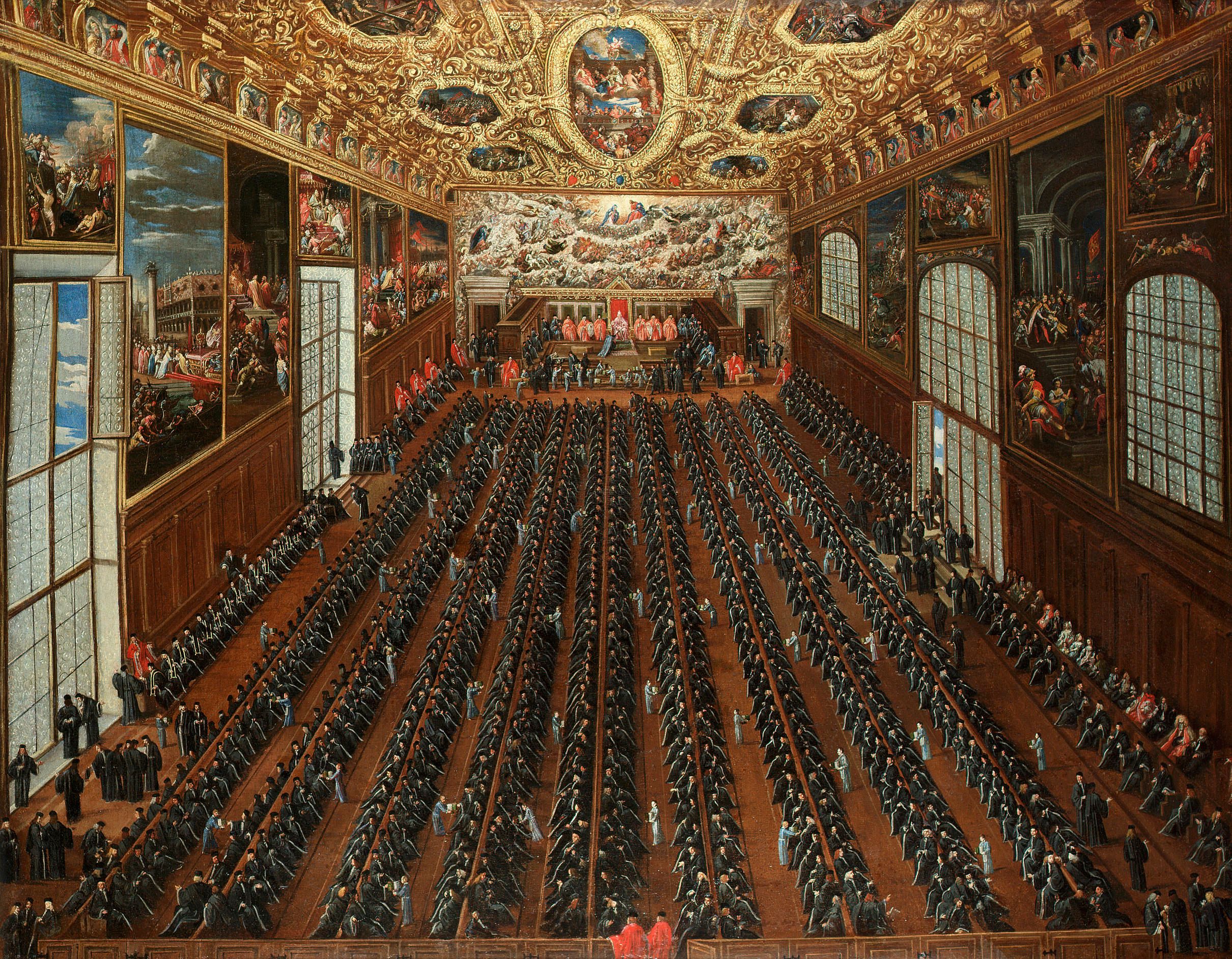I never used these guys for anything, but I still think the idea could be useful. It’s another idea from early in the blog that I never followed-up on, so I’m glad I have the chance now to revisit it.
Recovered: Meet Your Representative
The 48,151 duly-appointed members of the elemental parliament are in charge of shaping the material plane. The four major parties correspond to the four classical elements and each hold a large amount of power. There are also countless smaller parties representing various other “elements:” poison, ice, smoke, electricity, etc. More puissant interests (magic, gravity, time) do not participate in the parliament but may retain a token representative, while positive and negative energy were not invited and are generally viewed with great suspicion by the rest. In addition, the parliament employs huge numbers of workers, aides, emissaries, diplomats, couriers, and soldiers to enact its will.
The parliament’s schemes often reach beyond spans of mortal comprehension, and it generally does not liaise with mortal politicians or involve itself in material-plane politics. However, during delicate political negotiations, most parties are not above using mortal cat’s-paws to get what they want.
The parliament has a bicameral structure, with a general assembly and a high council of the four largest parties. Motions can only be introduced by the high council, and the high council members all have veto power. If a resolution is not vetoed, it must pass a simple majority in the general assembly (quorum is also a simple majority, which comes up often because at any given moment representatives are all over the place).
The high council currently consists of:
- The Flaming League (Fire)
- The Allied Waters (Water)
- The Free Atmospheric Union (Air)
- The Venerable Chthonic Party (Earth)
Notable lesser parties include:
- Crystal
- Electricity (The Storm)
- Ice (Her Lady of the Glacier’s Party)
- Lava (The Ancient Flame)
- Light
- Metal
- Mud
- Poison
- Rot (The Life Reform Party, or “Rotters”)
- Sand
- Shadow
- Smoke
- Sound (The Sonic Party)
- Steam
- Vapor
- Water
- Wood
I’m not yet sure I want to use the parliament directly in any sense, but if nothing else I think it will help create interesting situations. I plan to detail individual parties in future posts, as I work through their motivations, their methods, and their interactions with other parties.
This post was first shared on August 31, 2012.
